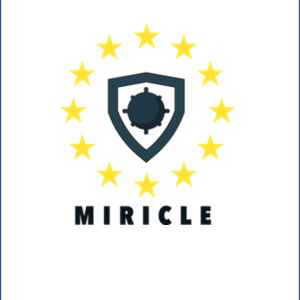 \
&
Contact us
\
&
Contact us
 \
&
Contact us
\
&
Contact us
Starts in 2 weeks from now
LocationHybrid, Brussels and online
ProgrammesThe event organised in the context of the European Virtual Human Twins Initiative will mark the launch of an €24 million advanced platform for virtual human twins modeling, integration, and validation. It addresses stakeholders from across Europe, including researchers, healthcare professionals, industry innovators, policymakers, and Member State authorities, to discuss the way forward, particularly how to accelerate the integration and uptake of VHT technologies and to further shape the strategic vision of the European Virtual Human Twins Initiative.
A draft agenda is available here.
To register to attend in person, please use the following link here.
For further information or questions, please reach out to cnect-EU-VHT-INITIATIVE@ec.europa.eu.
We offer news and event updates, covering all domains and topics of Horizon Europe, Digital Europe & EDF (and occasionally, for ongoing projects, Horizon 2020).
Stay informed about what matters to you.
By signing up, you can opt in for e-mail notifications and get access to
a personalised dashboard that groups all news updates and event announcements in your domain(s).
Only for stakeholders located in Flanders
Security Digital, Industry & Space Digital Europe Cybersecurity Defence

The Miricle project, ‘Mine Risk Clearance for Europe’, obtained funding under the European Defence Industrial Development programme call ‘Underwater control contributing to resilience at sea’. The main objective of the project was to achieve a European and sovereign capacity in future mine warfare and create a path for the next generation ‘made in Europe’ countermeasure solutions. In order to realise this objective, Miricle addressed various stages: studies, design, prototyping and testing. These stages inter alia included the successful testing of an XL Unmanned Underwater Vehicle, a protototyped mine disposal system and multiple innovative systems to detect buried mines. Flanders Marine Institute (VLIZ), was one of the five Belgian partners in the consortium. Within the project, VLIZ was able to forward its research on the acoustic imaging of the seabed to spatially map and visualize buried structures and objects - in this case buried mines - in the highest possible detail. VLIZ also led the work on ‘Port and Offshore Testing’, building on the expertise of the institute in the field of marine operations and technology.